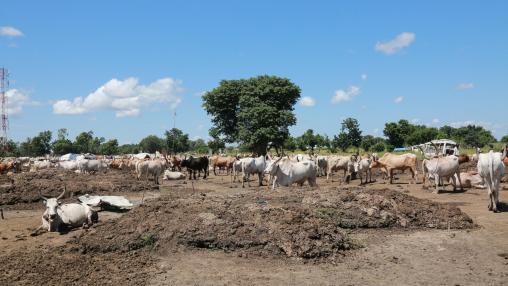
Continued Food Insecurity in East Africa
Many areas of East Africa will continue to face high levels of food insecurity through late 2019, according to a new report from FEWS Net . The situation will hit its worst levels at the peak of the pastoral lean season in September and October.
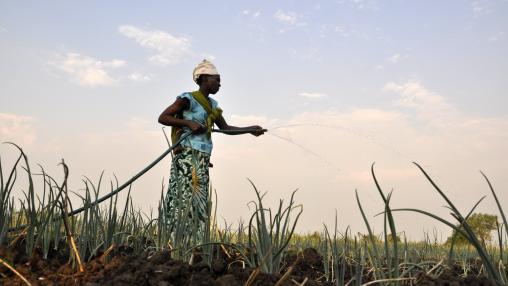
Staple Food Prices Rise in Southern Africa
According to a new report from FEWS Net , poor households in several regions of Southern Africa have exhausted their own produced foods earlier than usual in the season due to below-average harvests. The number of households in the region experiencing IPC Crisis (Phase 3) food insecurity is expected to increase with the start of the lean season in September and October.
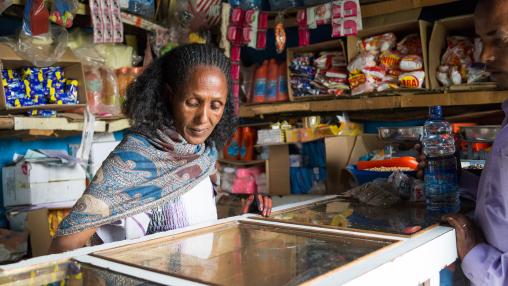
Consumer Demand & Processed Food in Nigeria
This piece originally appeared on the A4NH blog.
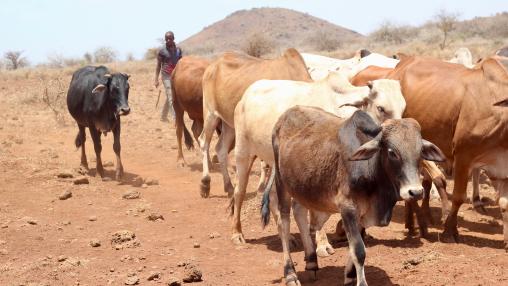
Early lean season in Southern Africa
Southern Africa could face an early start to the 2019-2020 lean season and abnormally high food assistance needs, according to a new alert from FEWS Net . Due to a significant delay in the start of the rainy season and predicted below-average precipitation through March, the region is likely to experience cumulative seasonal rainfall significantly below average. This deficit may negatively impact maize production, livestock conditions, and agricultural labor opportunities in the region.

Capacity building for NAIP design
This blog originally appeared on Agrilinks . By Sheryl Hendricks .
Dramatic change has been happening in Africa for at least the past decade. Much of the progress can be attributed to the revived focus on agriculture as a driver of inclusive economic growth through the Comprehensive Africa Agricultural Development Programme (CAADP). The CAADP was initiated through the 2003 Maputo Declaration on Agriculture and Food Security in Africa and sought to achieve Millennium Development Goal One (MDG-1) to halve the turn of the century levels of extreme poverty and hunger by 2015.
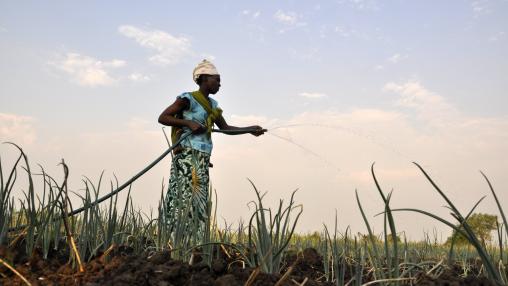
Southern Africa Food Security Update
Variable rainfall could negatively impact agricultural production in southern Africa, according to reports from FEWS Net and the SADC’s Food Security Early Warning System (Agromet).
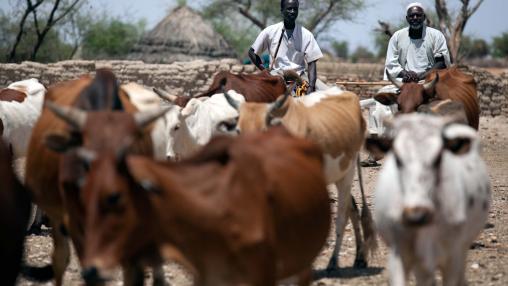
New GIEWS Country Briefs for Ethiopia and Tanzania
The FAO Global Information and Early Warning System (GIEWS) has released updated country briefs for Ethiopia and Tanzania. These briefs provide up-to-date food security and agricultural information, as well as forecasts for cereal imports and production and other food security-related indicators.
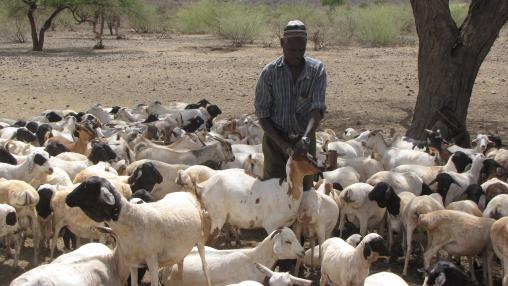
New FEWS Net Country Alerts
The latest series of updated country alerts from FEWS Net provides food security and food production updates for several countries in Africa south of the Sahara.
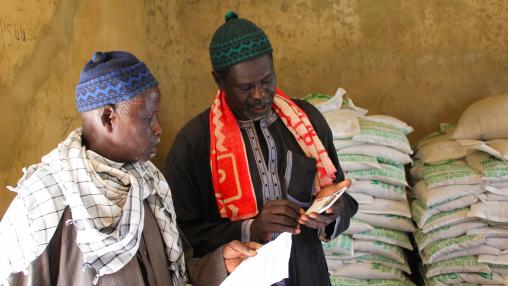
Credit Constraints, Skills, and Smallholders' Agricultural Production
This blog originally appeared in the AGRODEP Bulletin .
By Antoine Bouët , Senior Research Fellow, IFPRI
Smallholder farmers play a crucial role in global food security. However, smallholders also often do not meet their production potential, engaging in subsistence-level agriculture instead of producing excess outputs to then sell at market. Such farmers frequently do not have access to the capital they need to reach this higher level of production, nor are they trained in the skills required to successfully manage what is in effect a small business.
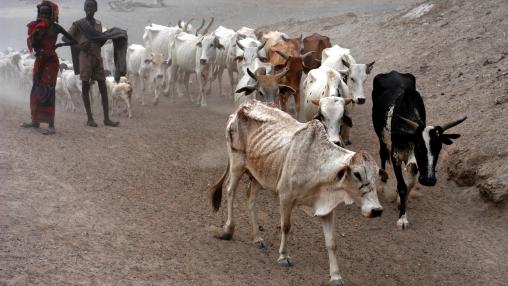
East Africa Facing Food Security Crisis
The Horn of Africa will continue to face a significant food security crisis into early 2018, according to a new alert released by FEWS Net. Poor rains in March-June – the second consecutive below-average season – have exacerbated already reduced livestock and agricultural conditions in many areas of the region. In some areas, particularly Ethiopia and Somalia, rainfall totals from June 2016 to May 2017 were the lowest or second-lowest seen in over three decades.